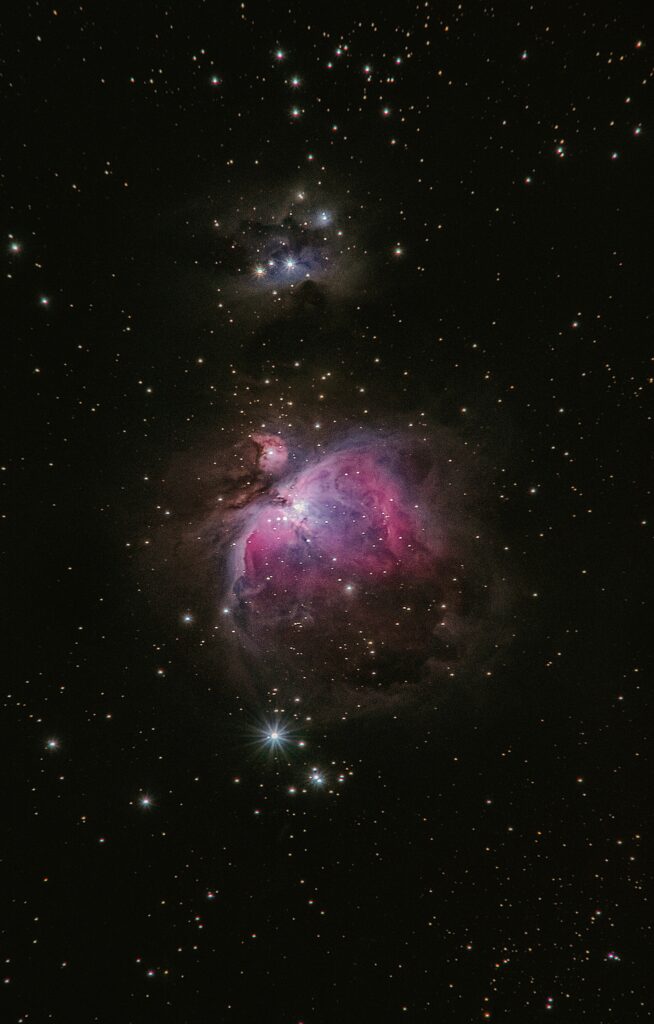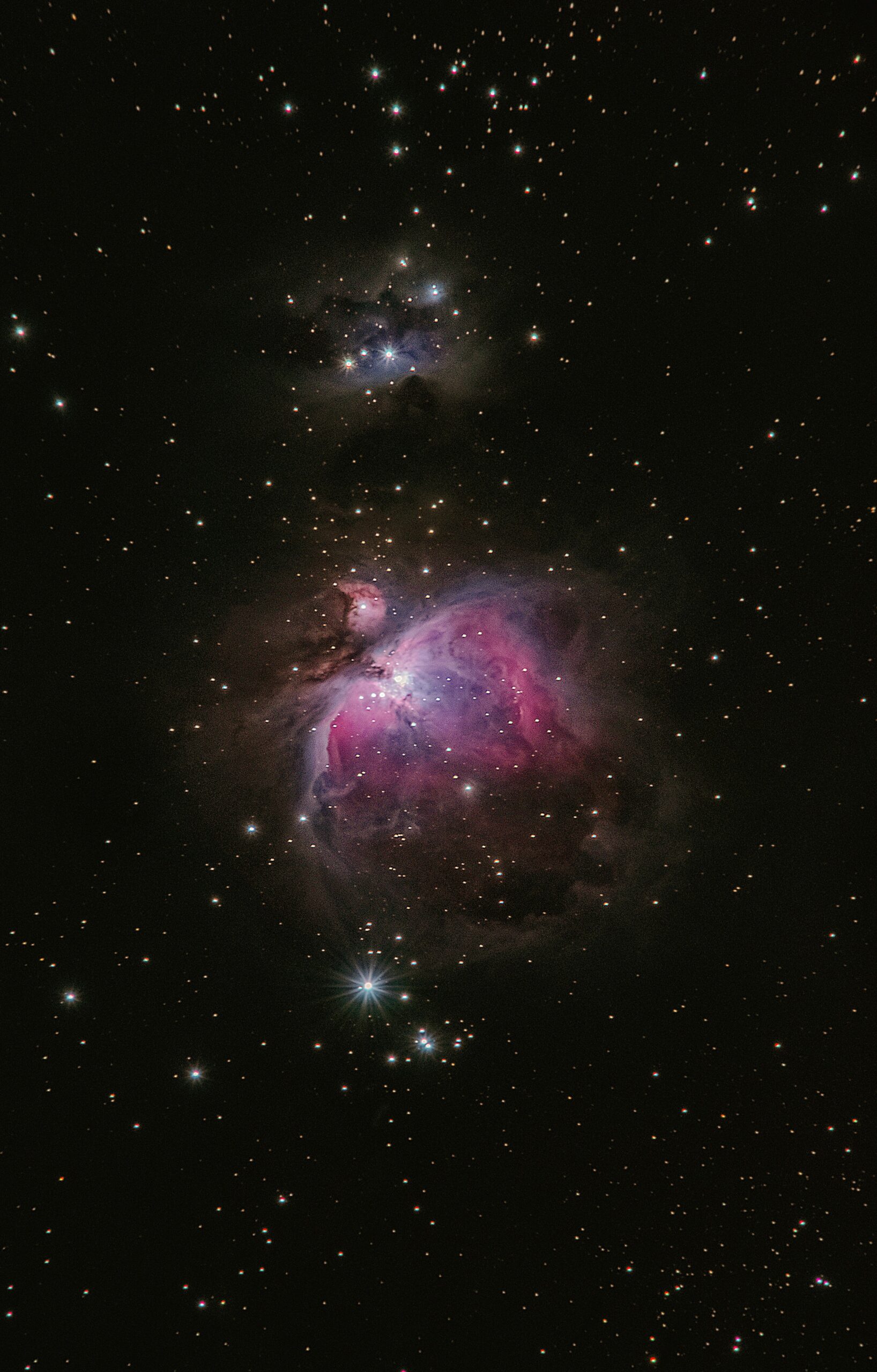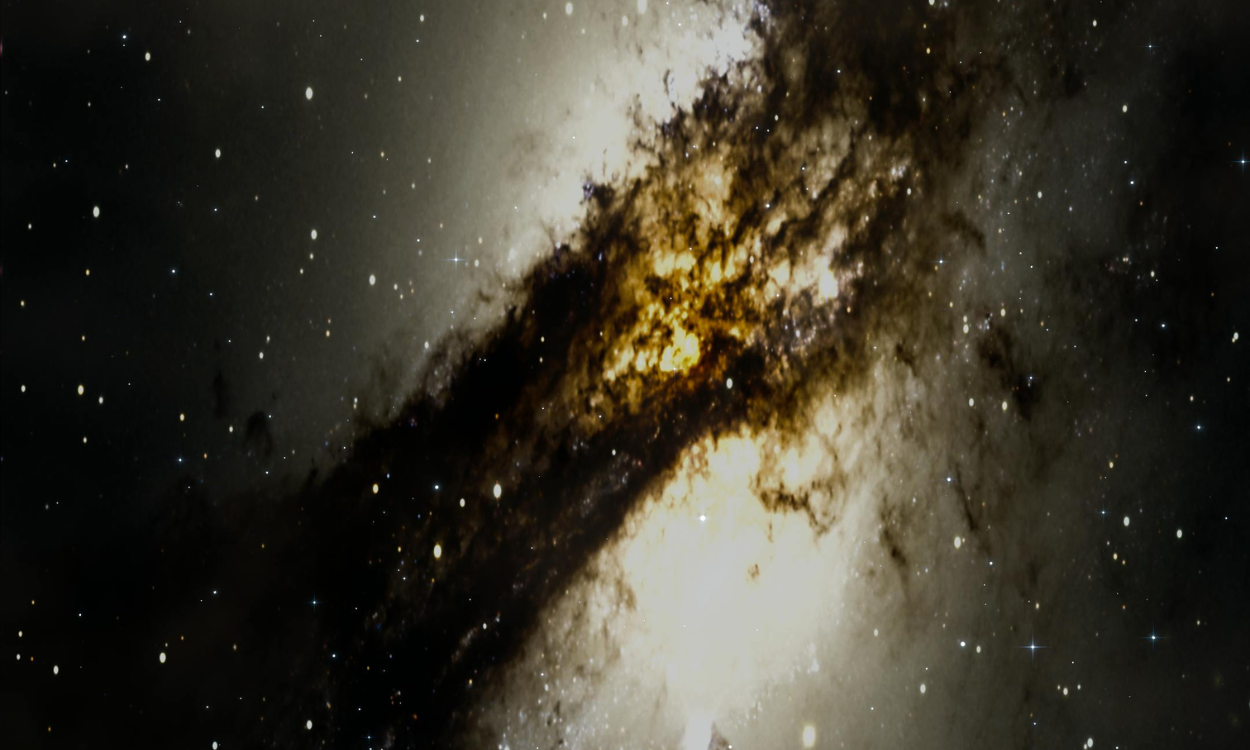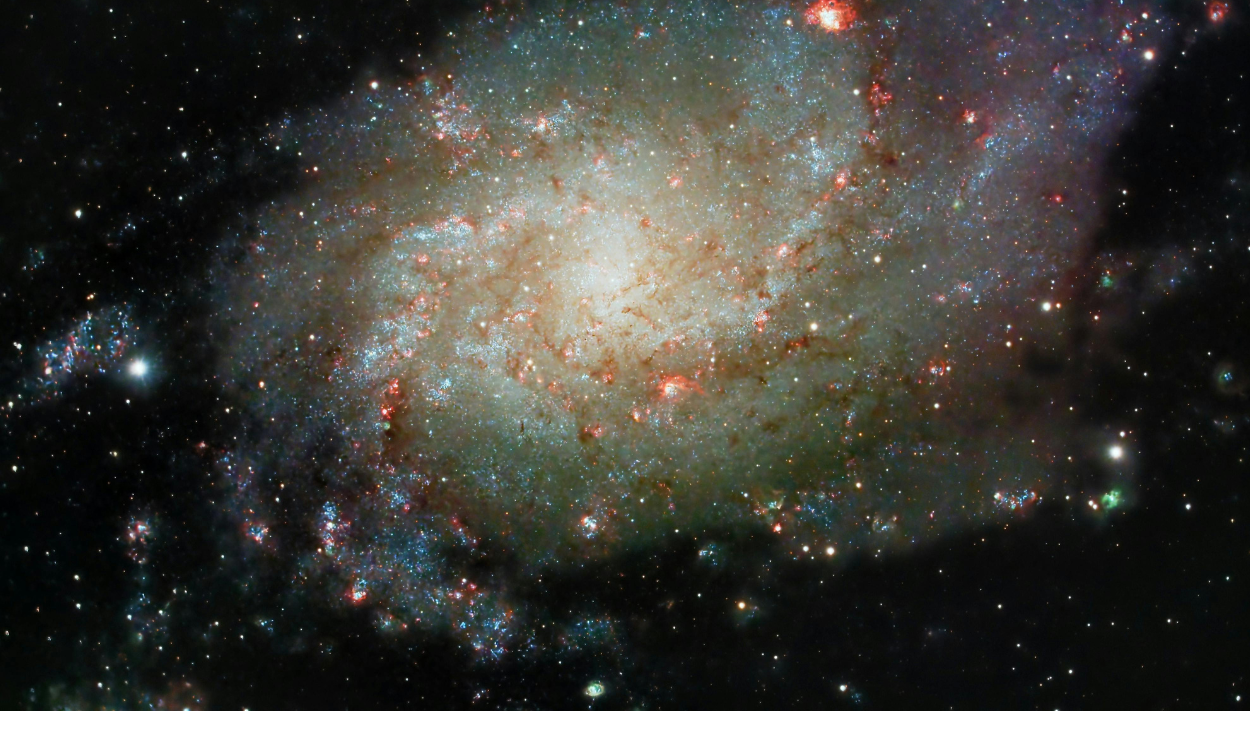The Heart of the Cosmos is not just a collection of stars, planets, and cosmic phenomena; it is the very essence of our existence. As the galaxy in which our solar system resides, the Milky Way holds the secrets of the universe, from the birth of stars to the evolution of planetary systems. This article delves into the mysteries of the Milky Way, exploring its vastness, structure, and the role it plays in the cosmic tapestry. By the end of this journey, you’ll gain a deeper understanding of why the Milky Way is indeed the heart of the cosmos.
Table of Contents

Understanding the Milky Way’s Structure
At first glance, the Milky Way Galaxy might seem like a chaotic swirl of stars, but upon closer inspection, it reveals a well-organized structure. The Milky Way is a barred spiral galaxy, characterized by a central bar-shaped core surrounded by spiral arms. These arms are home to billions of stars, along with interstellar gas and dust, all of which play a crucial role in the galaxy’s dynamics.
The Milky Way’s spiral arms, often referred to as “The Heart of the Cosmos,” are where much of the star formation occurs. These regions are rich in gas and dust, the raw materials needed to form new stars. As these stars age and eventually die, they contribute to the ongoing cycle of star birth and death that has shaped the Milky Way for billions of years.
The Galactic Center: The True Heart of the Cosmos
At the very core of the Milky Way lies its most mysterious and awe-inspiring feature: the galactic center. This region, often dubbed “The Heart of the Cosmos,” is a densely packed area of stars, gas, and dust, all orbiting a supermassive black hole known as Sagittarius A*. This black hole, with a mass equivalent to over four million suns, exerts a powerful gravitational pull on everything around it, shaping the movement of stars and matter within the galaxy’s core.
The galactic center is also a hotbed of activity, with stars being born, living out their lives, and dying in spectacular fashion. The intense radiation and gravitational forces present in this region make it one of the most extreme environments in the Milky Way. Understanding the galactic center is key to understanding the Milky Way as a whole, as it truly represents the heart of the cosmos.
The Milky Way’s Role in the Cosmic Web
The Milky Way Galaxy is not an isolated entity; it is part of a vast network of galaxies known as the cosmic web. This intricate structure, composed of galaxies, clusters, and dark matter, stretches across the universe, connecting everything in a delicate balance. Within this web, the Milky Way plays a pivotal role, acting as a hub of activity and a beacon of light in the darkness of space.
As we explore the heart of the cosmos within the Milky Way, it’s important to recognize the galaxy’s place in the larger cosmic web. The Milky Way interacts with its neighboring galaxies, most notably the Andromeda Galaxy, which is on a collision course with the Milky Way. In a few billion years, these two galaxies will merge, forming a new galaxy and altering the cosmic landscape.
The Search for Life in the Milky Way
One of the most profound questions in science is whether life exists beyond Earth. The Milky Way, as the heart of the cosmos, offers countless opportunities to explore this question. With billions of stars and potentially even more planets, the chances of finding life elsewhere in the galaxy are tantalizingly high.
Scientists have already identified several exoplanets within the Milky Way that reside in the so-called “habitable zone,” where conditions might be right for life to exist. These discoveries have fueled the search for extraterrestrial life, driving missions like the Kepler Space Telescope and the upcoming James Webb Space Telescope to peer deeper into the heart of the cosmos.
The Future of the Milky Way
The Milky Way Galaxy is not a static entity; it is constantly evolving. Over the next few billion years, the heart of the cosmos will undergo significant changes, most notably the aforementioned collision with the Andromeda Galaxy. This event will drastically alter the structure of the Milky Way, leading to the formation of a new galaxy.
In the meantime, our understanding of the Milky Way continues to grow. Advances in technology and astronomy have allowed us to peer deeper into the galaxy than ever before, uncovering new mysteries and expanding our knowledge of the heart of the cosmos.
The Structure of the Milky Way
The Milky Way: The Cosmic Symphony of Stars and Planets is a barred spiral galaxy, characterized by its spiral arms that extend outwards from a central bulge. This central region, known as the Galactic Center, is home to a supermassive black hole, Sagittarius A*, which exerts a gravitational pull strong enough to influence the orbits of stars and other celestial bodies within the galaxy. The spiral arms, named Perseus, Scutum-Centaurus, Sagittarius, and Carina, are where most of the Milky Way’s star formation occurs, creating a brilliant display of young, hot stars that light up the galaxy.
Each spiral arm in the Milky Way: The Cosmic Symphony of Stars and Planets contributes to the galaxy’s overall structure and dynamics. These arms are not static; they rotate around the Galactic Center, carrying with them clouds of gas and dust that serve as the raw material for new stars and planets. The interplay between gravity, rotation, and the distribution of matter within the Milky Way creates the spiral pattern we observe from Earth.
The Stars and Planets of the Milky Way
At the heart of the Milky Way: The Cosmic Symphony of Stars and Planets are its stars. The Milky Way contains billions of stars, each with its own unique characteristics. From massive, luminous giants to small, dim dwarfs, the diversity of stars in our galaxy is staggering. These stars are not evenly distributed; instead, they are grouped into star clusters and associations, which can range from a few dozen to millions of stars.
Among these stars are planetary systems, many of which have been discovered in recent years thanks to advances in telescopic technology. The discovery of exoplanets—planets that orbit stars outside our solar system—has opened up a new frontier in our understanding of the Milky Way: The Cosmic Symphony of Stars and Planets. These planets vary widely in size, composition, and distance from their parent stars, suggesting that the Milky Way is teeming with a diversity of worlds, some of which may even harbor life.
The Milky Way: The Cosmic Symphony of Stars and Planets also includes our own solar system, located in the Orion Arm of the galaxy. Our sun, a relatively young and medium-sized star, is just one of the billions of stars that make up the Milky Way. The planets of our solar system, including Earth, are part of this cosmic symphony, orbiting the sun in a delicate balance that has allowed life to flourish on our planet.
The Mysteries of the Milky Way
Despite centuries of study, the Milky Way: The Cosmic Symphony of Stars and Planets still holds many mysteries. One of the most intriguing is the nature of dark matter, an invisible substance that makes up a significant portion of the galaxy’s mass. Dark matter does not emit, absorb, or reflect light, making it undetectable by conventional means. However, its presence can be inferred from its gravitational effects on visible matter, such as stars and gas clouds. Understanding dark matter is crucial to unraveling the full story of the Milky Way.
Another mystery of the Milky Way: The Cosmic Symphony of Stars and Planets is the process of star formation. While we know that stars form from clouds of gas and dust collapsing under gravity, the precise mechanisms that trigger star formation and determine the mass and lifespan of a star are still not fully understood. Observations of star-forming regions within the Milky Way, such as the Orion Nebula, are helping astronomers piece together this complex process.
The future of the Milky Way: The Cosmic Symphony of Stars and Planets is also a topic of great interest to scientists. Over billions of years, the Milky Way is expected to undergo significant changes, including a possible collision with the neighboring Andromeda Galaxy. This galactic collision, predicted to occur in about 4.5 billion years, will dramatically reshape both galaxies, merging them into a new, larger structure. The outcome of this cosmic event is still uncertain, but it will undoubtedly have a profound impact on the Milky Way: The Cosmic Symphony of Stars and Planets.
The Role of the Milky Way in the Universe
The Milky Way: The Cosmic Symphony of Stars and Planets is not an isolated entity; it is part of a larger cosmic structure known as the Local Group, which includes more than 50 other galaxies, including Andromeda and the Triangulum Galaxy. The Local Group itself is part of the Virgo Supercluster, a massive collection of galaxies that spans hundreds of millions of light-years.
Within this vast cosmic web, the Milky Way: The Cosmic Symphony of Stars and Planets plays a crucial role. As one of the largest and most massive galaxies in the Local Group, the Milky Way’s gravitational influence extends far beyond its visible boundaries, shaping the motions of nearby galaxies and contributing to the overall dynamics of the Local Group.
The Milky Way: The Cosmic Symphony of Stars and Planets also serves as a laboratory for studying the processes that govern the formation and evolution of galaxies. By observing the Milky Way and comparing it to other galaxies, astronomers can gain insights into how galaxies form, grow, and interact with their environments. These studies help us understand not only the Milky Way but also the broader universe and our place within it.
Conclusion
In the grand scheme of the universe, the Milky Way: The Cosmic Symphony of Stars and Planets is a remarkable and awe-inspiring creation. Its intricate structure, diverse array of stars and planets, and enduring mysteries make it a subject of endless fascination for scientists and stargazers alike. As we continue to explore and study the Milky Way, we will undoubtedly uncover new secrets and deepen our understanding of the galaxy we call home.
The Milky Way: The Cosmic Symphony of Stars and Planets is more than just a collection of stars; it is a dynamic, living entity that continues to evolve and shape the cosmos. It is a reminder of the vastness of the universe and the beauty that lies within it, inviting us to look up at the night sky and ponder the wonders of the cosmos.
The Structure and Composition of the Milky Way Galaxy
The Milky Way Galaxy is a barred spiral galaxy, one of the many types of galaxies found in the universe. It is approximately 100,000 light-years in diameter and contains between 100 and 400 billion stars. Our solar system is located in one of the spiral arms, known as the Orion Arm, about 27,000 light-years from the Galactic Center.
When we look “Beyond the Stars: The Majestic Splendor of the Milky Way Galaxy” becomes apparent through its intricate structure. The galaxy is composed of a central bulge, a flat disk containing spiral arms, and an extended halo. The central bulge is densely packed with older stars, while the spiral arms are rich in gas, dust, and young stars. The halo, which surrounds the entire galaxy, contains globular clusters and some of the oldest stars in the galaxy.
The Galactic Center: A Mysterious Heart
At the heart of the Milky Way Galaxy lies the Galactic Center, a region shrouded in mystery and intrigue. This area is home to a supermassive black hole, known as Sagittarius A*, which has a mass equivalent to about 4 million suns. The presence of this black hole influences the motion of stars and gas within the central region of the galaxy.
Exploring “Beyond the Stars: The Majestic Splendor of the Milky Way Galaxy” leads us to this enigmatic center, where extreme gravitational forces shape the dynamics of the surrounding stars and matter. The study of the Galactic Center has provided valuable insights into the behavior of black holes and their role in galaxy formation and evolution.
The Birth and Death of Stars
The Milky Way Galaxy is a dynamic system where stars are born and die in a continuous cycle. Within the spiral arms, regions known as molecular clouds serve as stellar nurseries, where new stars are formed. These clouds are dense concentrations of gas and dust, and under the right conditions, gravity causes them to collapse, leading to the formation of new stars.
As we venture “Beyond the Stars: The Majestic Splendor of the Milky Way Galaxy,” we witness the life cycle of stars. Massive stars burn brightly but live short lives, ending in spectacular supernova explosions that enrich the interstellar medium with heavy elements. These elements are essential for the formation of planets and, ultimately, life.
The Role of Dark Matter and Dark Energy
One of the most intriguing aspects of the Milky Way Galaxy is the presence of dark matter and dark energy. Dark matter is an invisible substance that makes up about 85% of the total mass of the galaxy. Although it cannot be directly observed, its presence is inferred from its gravitational effects on the motion of stars and galaxies.
“Beyond the Stars: The Majestic Splendor of the Milky Way Galaxy” also includes the influence of dark energy, a mysterious force that is driving the accelerated expansion of the universe. The exact nature of dark matter and dark energy remains one of the biggest unsolved mysteries in modern astrophysics.
The Milky Way and the Cosmic Neighborhood
The Milky Way Galaxy is not an isolated island in the universe. It is part of a larger structure known as the Local Group, which contains over 50 galaxies, including the Andromeda Galaxy and the Triangulum Galaxy. The Milky Way and Andromeda are on a collision course, set to merge in about 4.5 billion years, creating a new galaxy.
As we go “Beyond the Stars: The Majestic Splendor of the Milky Way Galaxy,” we realize that our galaxy is just one of billions in the observable universe. The interactions between galaxies, such as mergers and gravitational interactions, play a crucial role in shaping their structure and evolution.
The Milky Way in Human Culture
Throughout history, the Milky Way Galaxy has been a source of inspiration and wonder for many cultures. Its appearance in the night sky has led to countless myths, legends, and scientific inquiries. Ancient civilizations often viewed the Milky Way as a river or pathway to the heavens, a bridge between the mortal world and the divine.
In modern times, “Beyond the Stars: The Majestic Splendor of the Milky Way Galaxy” continues to inspire artists, poets, and scientists alike. The study of our galaxy has led to groundbreaking discoveries in astronomy, physics, and cosmology, expanding our understanding of the universe and our place within it.
The Future of the Milky Way Galaxy
The future of the Milky Way Galaxy is a topic of great interest to astronomers and scientists. As mentioned earlier, the impending collision with the Andromeda Galaxy will significantly alter the structure of both galaxies. This event, though billions of years away, is a reminder of the ever-changing nature of the cosmos.
Looking “Beyond the Stars: The Majestic Splendor of the Milky Way Galaxy,” we can also speculate about the long-term fate of our galaxy. Over time, the stars in the Milky Way will continue to burn out, and the galaxy may eventually become a collection of dark remnants, such as black holes, neutron stars, and white dwarfs.
Conclusion
The Milky Way Galaxy, as “The Heart of the Cosmos,” is a fascinating and complex entity that holds the secrets of the universe. From its spiral arms to its galactic center, the Milky Way is a dynamic and ever-changing galaxy that plays a crucial role in the cosmic web. As we continue to explore the galaxy, we uncover new mysteries and deepen our understanding of the universe as a whole. The Milky Way is not just our home; it is the heart of the cosmos, a beacon of light and life in the vastness of space.






One thought on “The Heart of the Cosmos: Exploring the Milky Way Galaxy””